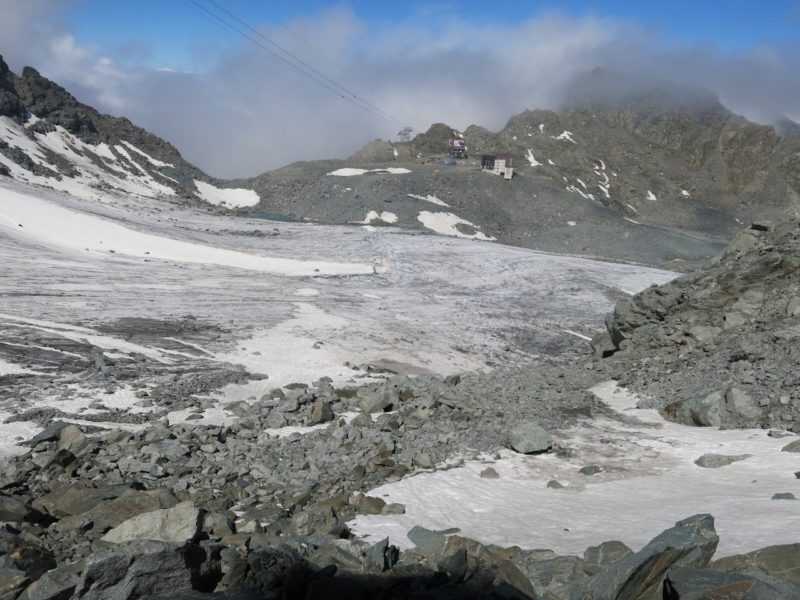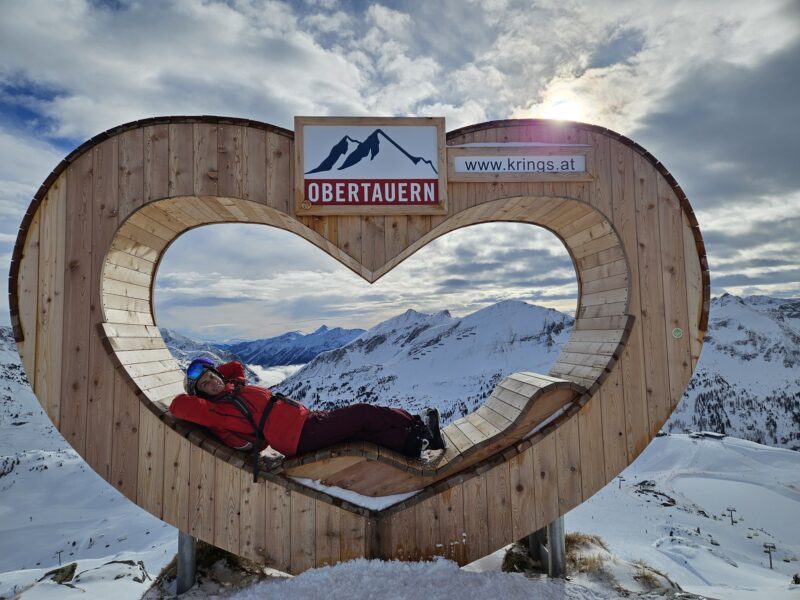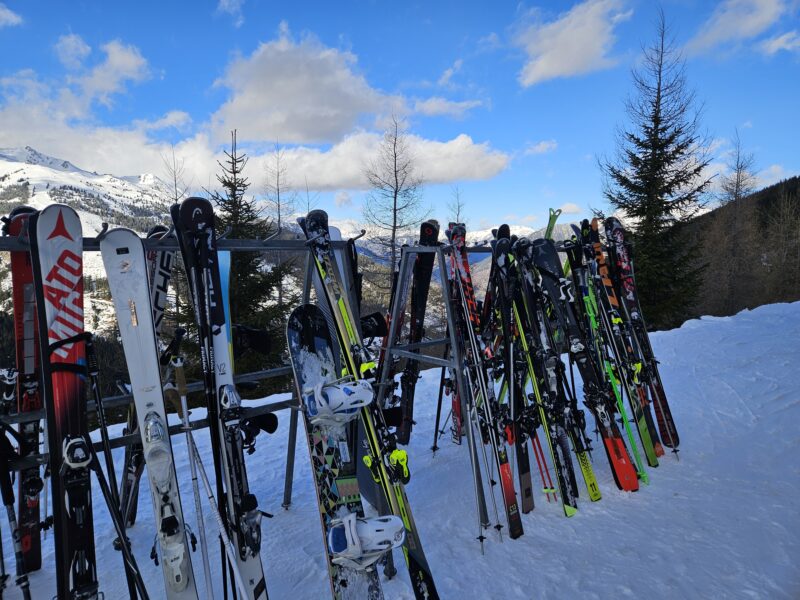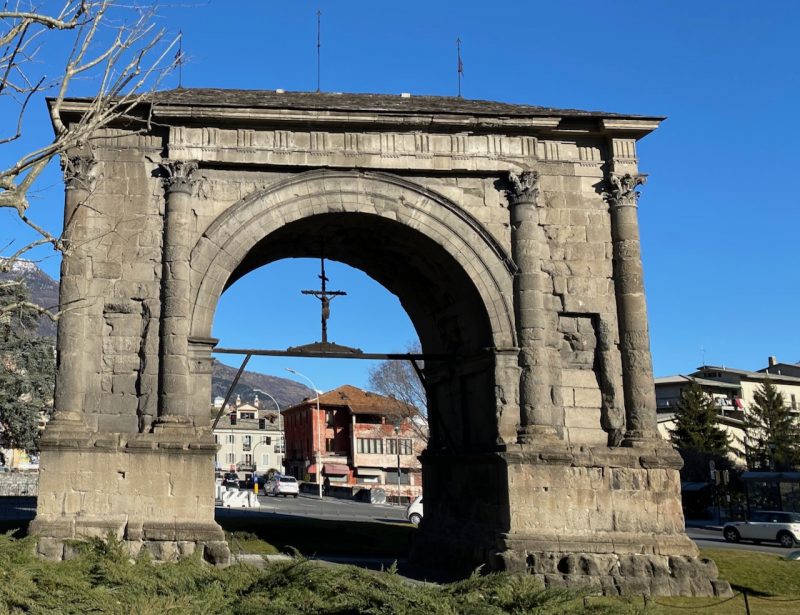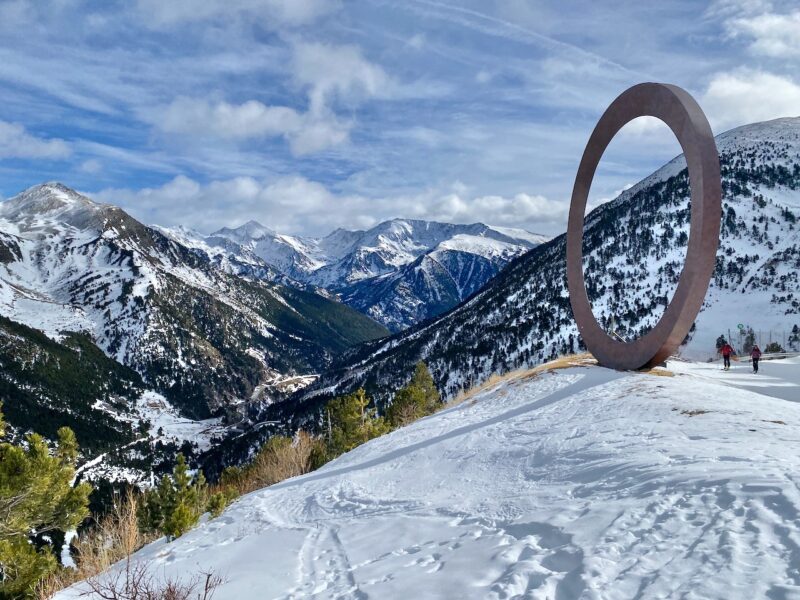Norway’s Melting Glaciers Reveal Viking & Iron Age Finds
17th April 2020 | Jane Peel, Chief Reporter
Last modified on May 15th, 2021
Melting glacial ice in Norway is revealing hundreds of Viking and other historical artifacts on the route of a long-lost ancient mountain pass.
Researchers first discovered the lost pass – a well-used Viking trade route – in 2011 and have been uncovering well-preserved archaeological finds ever since.
But climate change is now causing the ice to melt at an increased rate and more and more artifacts which lay hidden for centuries have been found in recent months.
The scientists were involved in a race against time to find and recover them before they were damaged by exposure to the elements.
“The preservation of the objects emerging from the ice is just stunning”, says Espen Finstad, one of the authors of a newly-published study and co-director of the Glacier Archaeology Programme.
“It is like they were lost a short time ago, not centuries or millennia ago.”
The first of the finds from Lendbreen in central Norway are detailed in the study in the journal, Antiquity.
However, since the paper was submitted, the Lendbreen ice patch suffered what the researchers say was an ‘incredible melt’ in Autumn 2019.
Finds appeared on the surface of the ice, showing that the melt had reached ice layers not previously touched by melt.
The ice in the pass area was littered with horse dung.
Nearly all the remaining ice from the period when the pass was using had melted out.
“As glacial archaeologists, our dream discovery is a site where an ancient high mountain trail crossed non-moving ice,” said Lars Pilø, another study author and co-director of the Glacier Archaeology Programme.
“On such sites, past travellers left behind lots of artifacts, frozen in time by the ice.
“These artifacts can tell us when people travelled, when travel was at its most intense, why people travelled across the mountains and even who the travellers were.
“This information has great historical value.”
Carbon dating has been carried out on 60 of the finds.
It reveals the pass was in use by farmers and travellers for a thousand years, from the Nordic Iron Age, around AD 200-300, until it fell out of use after the Black Death in the 14th century.
However, most of the finds date from the period around AD 1000, during the Viking era.
One remarkable discovery, captured on film, was a very rare Viking mitten, made of different textiles.
The fieldwork was carried out on an area equivalent to 35 football fields but on a 30 degree slope of loose scree, bedrock and ice.
The researchers often worked in appalling weather conditions but say it was all worthwhile.
“The results from the fieldwork have made it clear that we have indeed discovered a lost mountain pass – the dream site for glacial archaeologists,” said Lars Pilø.
“The lost mountain pass at Lendbreen is an incredible archaeological site.
“It has yielded hundreds of finds from ancient travellers, including clothing, dead packhorses and remains of sleds from the period AD 300-1500.
“It also has preserved cairns marking the route, and even a stone-built shelter in the pass area.”
The mountain pass was probably used both for local traffic to and from summer farms at high elevations, and for long-distance travel and trade.
The find circumstances suggest that the route was mainly used in late winter and early summer, when the rough terrain was covered by snow.
The most famous of the site’s finds is a complete Iron Age tunic dating from AD 300.
It is the oldest item of clothing discovered in Norway.
Among other artifacts are horseshoes, a horse snowshoe, sledge fragments, a walking stick inscribed with runes, a distaff (a tool used in wool spinning) and a tinderbox.
The researchers say the 2019 ice melt probably was Lendbreen’s swansong, concerning finds from the mountain route.
But with climate change melting more ice in the high mountains, they are looking elsewhere.
Just after finishing work at Lendbreen in 2019, finds started melting out in a mountain pass further west on the ridge.
Just before the winter snow arrived putting a halt to work, they found an Iron Age shoe and a piece of leaf fodder.
“There will be more to come,” said Lars Pilø.
Crossing the ice: an Iron Age to medieval mountain pass at Lendbreen, Norway by Lars Pilø, Espen Finstad & James H. Barrett is published in Antiquity.
MAIN PHOTO by Johan Wildhagen, Palookaville

